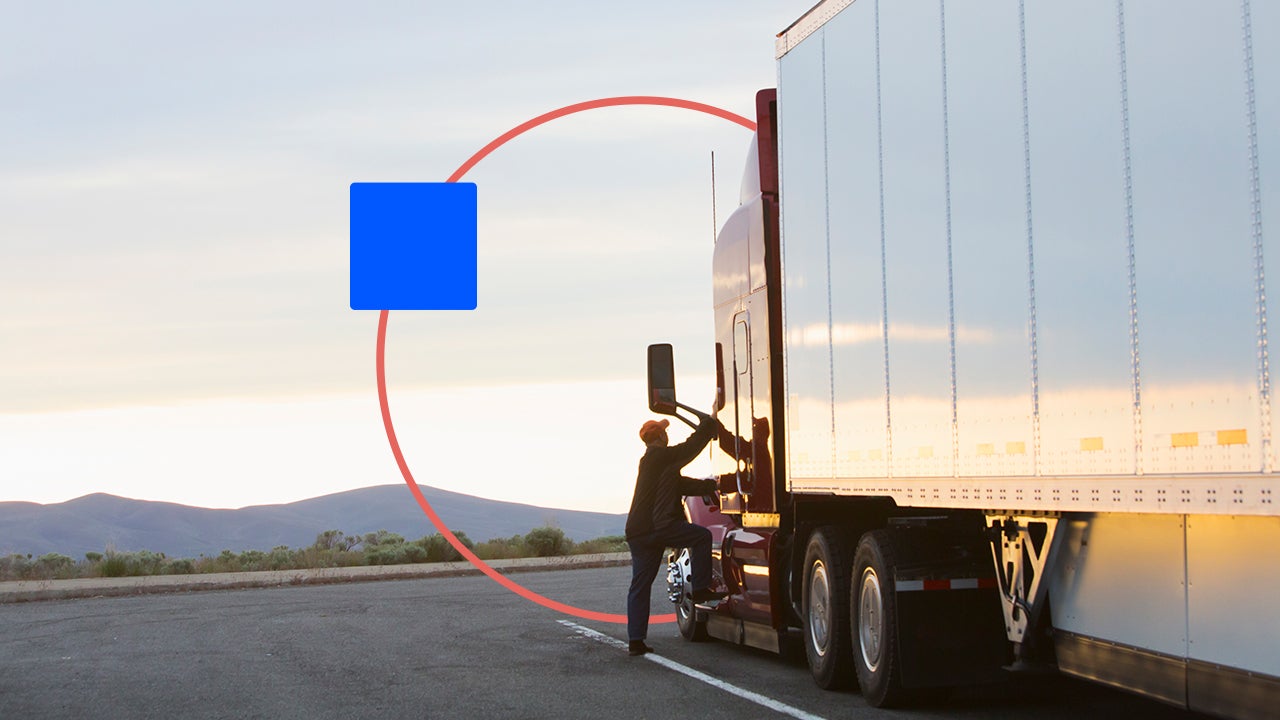What is a Vehicle Identification Number (VIN)?



A VIN — or vehicle identification number — is a 17-figure sequence of numbers and letters exclusive to your vehicle. It’s used by entities like the Department of Motor Vehicles, your auto insurance company and law enforcement to identify your car. Although you won’t need to memorize your VIN, you should know what the figures mean and where to find the VIN. You may need your VIN for many different reasons, such as if you need to buy an insurance policy or renew license plate tabs, if you need to identify previous owners or delve into the vehicle’s history, want to check for recalls by the manufacturer or to confirm a car you want to purchase isn’t stolen.
Vehicle identification numbers explained
Each VIN is exactly 17 digits long; no more, no less. If your VIN is shorter than 17 digits, it could be incomplete, and you should look elsewhere to find the full VIN. The only potential exception is if your vehicle is older than 1981, which is the year the National Highway Traffic Safety Administration (NHTSA) standardized the VIN to a 17-digit identifier.
Important information is contained in the VIN, such as vehicle specifications and where it was made. This information is coded, with every few digits representing a different code. Each code has a set position within the larger string of digits. For example, the first character always tells you what country manufactured the car. Although each VIN is unique to a specific vehicle, the positions of the codes stay the same across all VINs. Because every VIN is different, it can be used to quickly identify a specific vehicle.
How to find a VIN
Cars have VINs written on them to make VIN lookups easy. Usually, the VIN is listed on the driver’s side of the dashboard, right where it connects to the windshield. If you can’t find the VIN listed there, there are a few other places to look.
- Driver’s side door: A common place for your VIN to be located is on the interior of the driver’s side door jamb.
- Front-end of car frame: Another common spot for a VIN to be placed in the front end of your car’s frame.
- Under the hood: Pop the hood of your vehicle and check by the latch locks. Another common spot for the VIN to be located under the hood is on the firewall, which is located between the passenger compartment and the engine compartment.
- Fenders, bumpers or trunk lid: If you drive a higher-end luxury vehicle, you might find the VIN imprinted in one of these locations.
If you’re having trouble finding the VIN on the car, it may be purposely concealed. However, your VIN will also be listed in your car insurance policy documents, as well as in your car’s title and registration.
How to decode a VIN
Every VIN is 17 digits, which can be broken down into three sections: World Manufacturer Identifier (WMI), vehicle descriptor and vehicle identifier. Let’s take a quick look at each section.
World manufacturer identifier (WMI) section:
The first section includes three digits. This section tells you the most basic information about the car, such as what country it’s from.
- Digit one tells what country made the car.
- Digit two indicates the car’s manufacturer.
- Digit three gives information on the car type when combined with the first two digits.
Vehicle descriptor section:
The second section includes more specific information on the car, including technical information about the car type.
- Digits four to eight provide further specifics about the car, such as the car’s model, restraint system, body and type of transmission and engine.
- Digit nine is the check digit, which is assigned by the manufacturer to ensure VIN accuracy.
Vehicle identifier section:
The third section further identifies the individual vehicle. This section can include the car’s serial number and other manufacturer-specific identifying information.
- Digit 10 indicates the car’s model year.
- Digit 11 shows which plant assembled the vehicle.
- Digits 12 to 17 generally indicate the individual car’s production serial number.
The letters I, O, Q, U and Z do not appear in any VIN along the 17-digit sequence.
Why you might need your VIN
Your car’s VIN has many uses. Car insurance providers, used car buyers and law enforcement agencies all rely on VIN searches for various purposes. And you’ll need access to your VIN in different situations, as well. Here are a few times when your VIN will come in handy.
- Buying car insurance: When enrolling in a new car insurance policy, your VIN will be used to confirm vehicle details. While some insurers permit you to input your car’s specifications for an insurance quote, you’ll need the VIN to finalize the policy. The insurer might also require a copy of the vehicle title or registration to authenticate the VIN.
- Find any previous owners of a motor vehicle: A car’s past ownership is linked to the car’s VIN. If you’re interested in finding out more about a car’s previous ownership, you can search using the VIN. This can be done using a number of different VIN lookup websites, such as the VIN check tool at National Highway Traffic Safety Administration.
- Learn about accidents and repair history: You can get a vehicle history report through services like Carfax that will tell you about some major accidents and repairs the car has experienced. If the car has a title brand, like a rebuilt or salvage title, it should come up in the report.
- Check for a manufacturer’s recall: Using a VIN lookup tool, you can uncover any manufacturer recalls linked to your car. For those considering purchasing a used vehicle, it’s crucial to check for any safety recalls. This can typically be done through the vehicle manufacturer’s website.
- Identify a stolen car: A VIN check conducted by the National Insurance Crime Bureau can reveal whether the car has been reported stolen previously. When shopping for a used vehicle, this step is essential to safeguard against inadvertently purchasing a stolen car.
How a car insurance company uses your VIN
When issuing a new policy, car insurance companies check VIN numbers to ensure they have the correct vehicle details on file. Online quoting tools make getting quotes fast and easy, and you can sometimes get an online quote without providing a VIN.
But before the car company actually issues the policy, they’ll want to see the VIN. That way the provider can verify the information you gave to get the quote. The VIN also ensures the provider knows about the car’s history, including whether it’s a stolen vehicle or has a title that’s been branded with something like flood damage or salvage. The VIN will also identify any prior accidents or repairs completed on the car.
Although you usually don’t need your VIN to get a car insurance quote, it can be a good idea to provide it during the quoting process to ensure you get the most accurate quote possible.
Frequently asked questions
You may also like

Where can I get semi-truck financing?


Can you get car insurance without a VIN?

